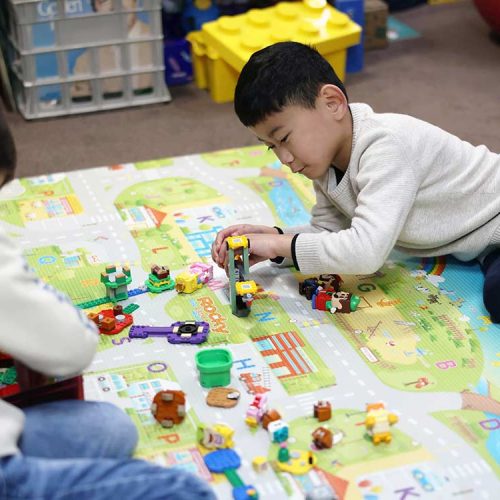Growth Development Delay Physiotherapy for children
What is growth development delay? - "when a child does not reach their developmental milestones by a time or age that is expected. Developmental milestones are tasks most children learn or develop that commonly appear in certain age ranges. For example, head control, rolling, crawling, walking and talking. Child development refers to the process of development and the achievement of certain developmental milestones." When a doctor diagnose your child with development delay, don't panic. Ask physiotherpist for help.

Sign and Symptoms
Motor developmental delay affects a child’s ability to use their muscles and may involve fine and/or gross motor skills. Gross motor delays affect the large muscles in the arms, legs or trunk resulting in movement difficulties. Fine motor delays affect the smaller muscles, commonly in the hands which causes problems with handwriting and the ability to grasp objects.
Some of the signs of a motor delay include:
- Achieving developmental milestones such as rolling, sitting, crawling and standing later than the predicted age
- Stiffness in the upper and/or lower limbs
- Reduced tone in the trunk compared with other children of a similar age
- Difficulty with handwriting
- Problem with tying shoelaces
- One side of body is used significantly more than the other
- Difficulty walking
- Very clumsy compared with other children of a similar age

Warning Signs You Should Never Ignore:
Risk Factor Growth Development Delay
- Being born prematurely
- Genetic conditions like Down Syndrome or Muscular Dystrophy
- Poor eyesight or hearing
- Malnutrition
- Alcohol or drug use during pregnancy
- Physical abuse or neglect
- Lack of oxygen during delivery

Physio Treatment: How Physio help child with Growth Development Delay.
1. Increase muscle strength : Exercises physiotherapy can help in increase muscle strength and control so that your child is able to shift their body weight and balance better.
2. Increase mobility: Exercises to increase mobility and their success of learning to walk based around everyday activities Physiotherapy may involve exercise for the hand to improve writing and grasping objects.
3. Mirror imaging to increase your child’s awareness of where their limbs are in space at rest and during movement (proprioception).
4. Muscle stretching to lengthen muscles, reduce contractures and increase range of movement
5. Correcting and varying positioning to improve head and trunk control. For example, supporting your child in sitting to develop weight shifting, rotation, coordination and balance.
6. Increase quality of movement: Exercises physiotherapy help in increase quality of movement or teaching new ways of moving.
7. Advice about supportive devices to use: such as using a wheelchair, orthotic devices or other adaptive equipment if necessary.
8. Hydrotherapy treatment helps relax stiff muscles and joints and maximizes mobility in water.

